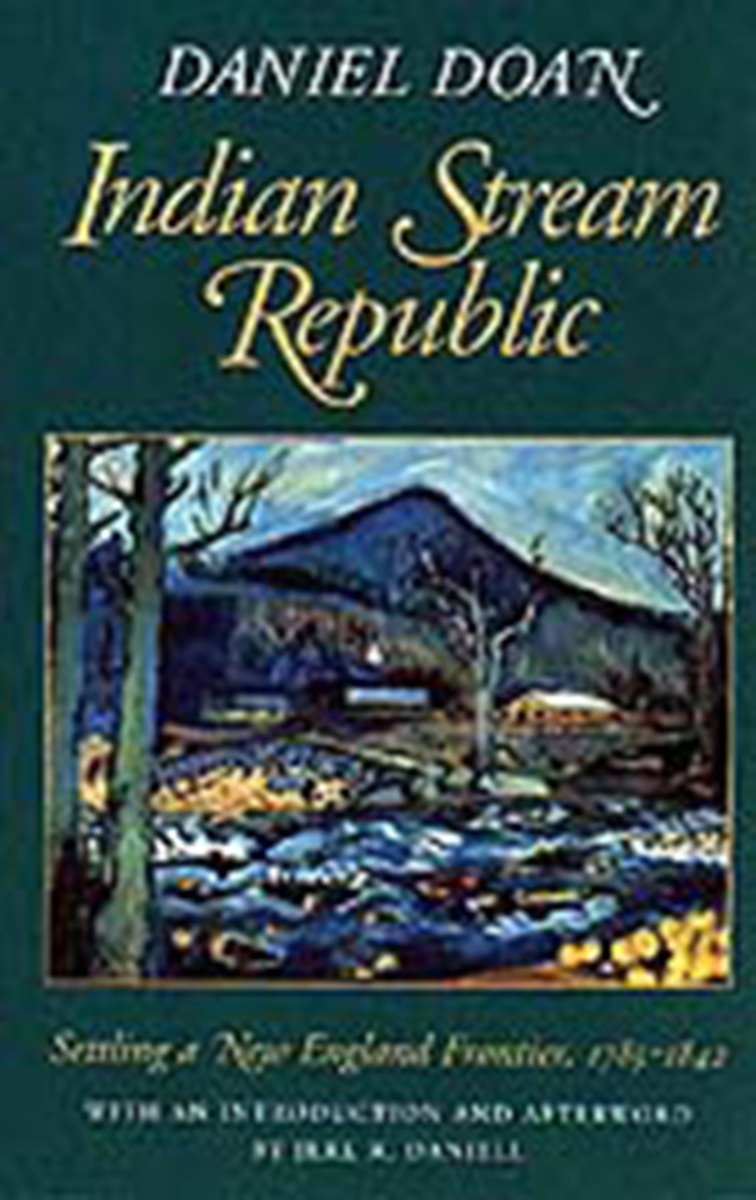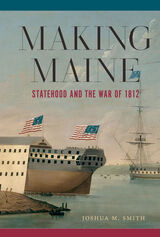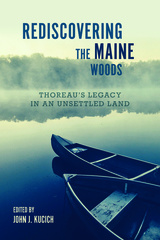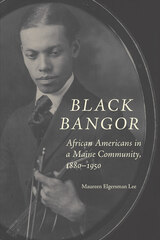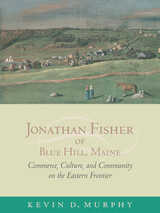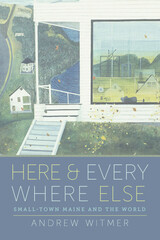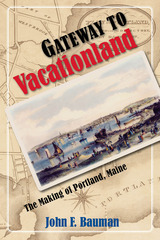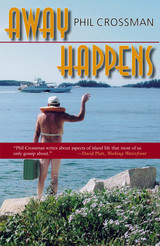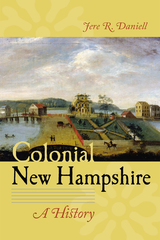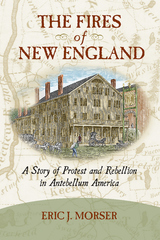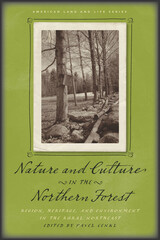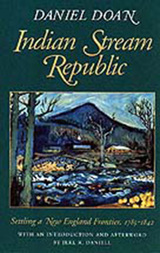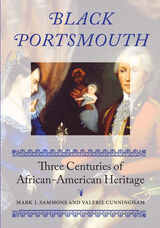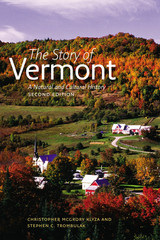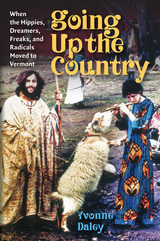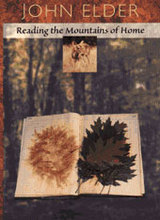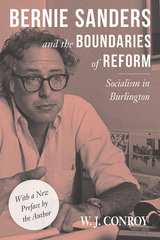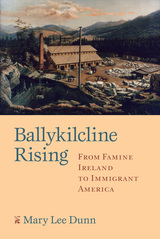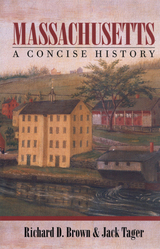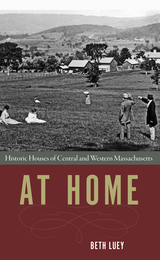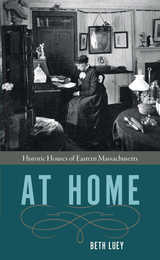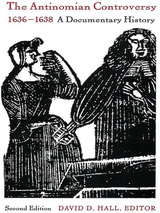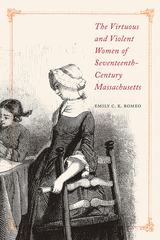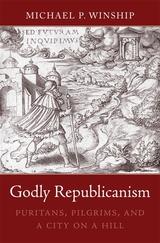Indian Stream Republic: Settling a New England Frontier, 1785-1842
Brandeis University Press, 1996
Paper: 978-0-87451-768-2
Library of Congress Classification F42.C7D63 1997
Dewey Decimal Classification 974.21
Paper: 978-0-87451-768-2
Library of Congress Classification F42.C7D63 1997
Dewey Decimal Classification 974.21
ABOUT THIS BOOK | AUTHOR BIOGRAPHY | REVIEWS
ABOUT THIS BOOK
In the late 18th and early 19th centuries, while governments, politicians, and entrepreneurs argued about the boundary between northern New England and British Canada, a group of hardy individuals were otherwise occupied, carving a life in the wooded frontier that would come to be known as Indian Stream. The Treaty of Paris ending the American Revolution set the US boundary at "the northwesternmost head of the Connecticut River," but with three streams feeding into that head, conflict was inevitable. For nearly 60 years residents of this wild northern outpost were caught in a dispute that ren-dered both land titles and international boundaries uncertain. As squabbling increased among the US, Canada, New Hampshire legislators, and two companies claiming land rights, the settlers decided to take matters into their own hands. In 1832, they declared themselves the independent Indian Stream Republic, establishing a constitution, a bicameral legislature, courts, laws, and a militia. But New Hampshire and Canada were not impressed. The state tried to enforce its laws, the jurisdictional battle escalated, the Indian Stream militia "invaded" Canada, and blood"though only a trickle -- was shed.
See other books on: New England (CT, MA, ME, NH, RI, VT) | Northeast boundary of the United States | Settling | State & Local | United States
See other titles from Brandeis University Press
